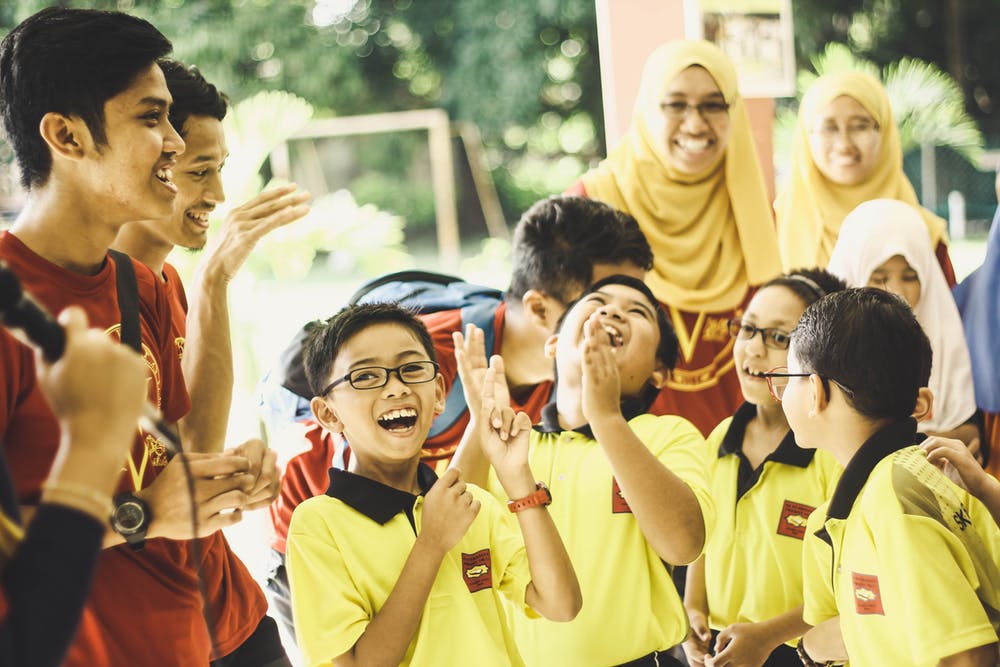Are you looking for strategies to help students who have trouble remaining on task? If so, keep reading.
1. Create classroom rules: • Complete every assignment. • Complete assignments quietly. • Remain in your seat. • Finish tasks. • Meet task expectations. Examine rules often. Praise students for following the rules.
2. Establish time limits for finishing tasks.
3. Converse with the student to explain (a) what the student is doing wrong (e.g., failing to pay attention to tasks) and (b) what the student should be doing (e.g., paying attention to tasks).
4. Select a peer to model on-task behavior for the student.
5. Urge the student to create a 30-second definition of their goal to help them remain on-task and focused (e.g., “I will finish ten math problems without a reminder from the teacher to remain on-task. The better I focus and remain on-task, the better I will perform.”).
6. Move materials used for tactile stimulation (e.g., pens, paper clips, loose change, etc.) away from the student’s reach.
7. Follow up a less desirable task with a more desirable task. Make the conclusion of the first appropriate to perform the second.
8. Praise the student for paying attention to a task based on the duration of time they can be successful. As the student shows success, slowly increase the duration of time required for reinforcement.
9. Give an incentive statement along with an instruction (e.g., “On occasions where you finish this task, you may earn a pass to the water fountain.”).
10. Show tasks in the most attractive and exciting manner possible.
11. Minimize auditory and visual stimuli to a level at that the student can successfully function. As the student shows that they can successfully tolerate increased levels of stimuli, slowly let auditory and visual stimuli increase.
12. Reward the student for concentrating on a task for a specific duration of time (e.g., a break, get a drink of water, converse briefly with a peer, etc.).
13. Place the student’s desk or work area in such a way that they are not visually distracted by others (e.g., turn the student’s desk away from other students, etc.).
14. Utilize more exciting or stimulating learning activities as a reward for finishing less exciting learning activities (e.g., after finishing a rough draft on paper, the student can select graphics available on the computer).
15. Reward the student for finishing a task within the amount of time allotted.
16. Support the student in finishing class tasks. As the student shows success, slowly decrease assistance, and require the student to independently remain on-task.
17. Get the student to define a goal. Support the student in developing specific strategies to achieve their goal and following through on those strategies.
18. Urge the student to create an understanding of themselves and their surroundings. Get the student to periodically step back and ask themselves, “Am I on-task and paying attention?” “What should I be doing now?”
19. Assist the student in developing attention-keeping behaviors (e.g., keep eye contact, notes on the subject, ask questions related to the subject, etc.).
20. Let the student have a break while working on monotonous tasks to relieve restlessness and improve concentration.
21. Consider using assistive technology designed to help students to attention deficit hyperactivity disorder to concentrate. Click here to view list of assistive technology apps that we recommend.





